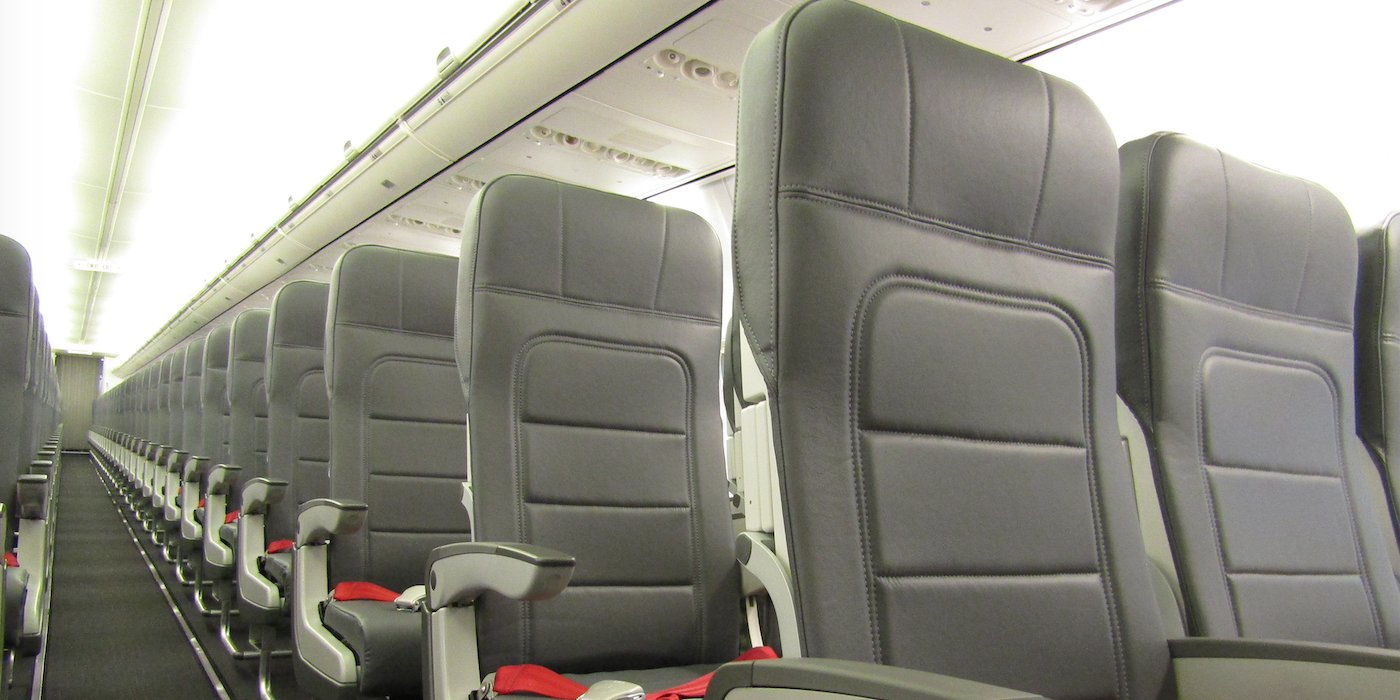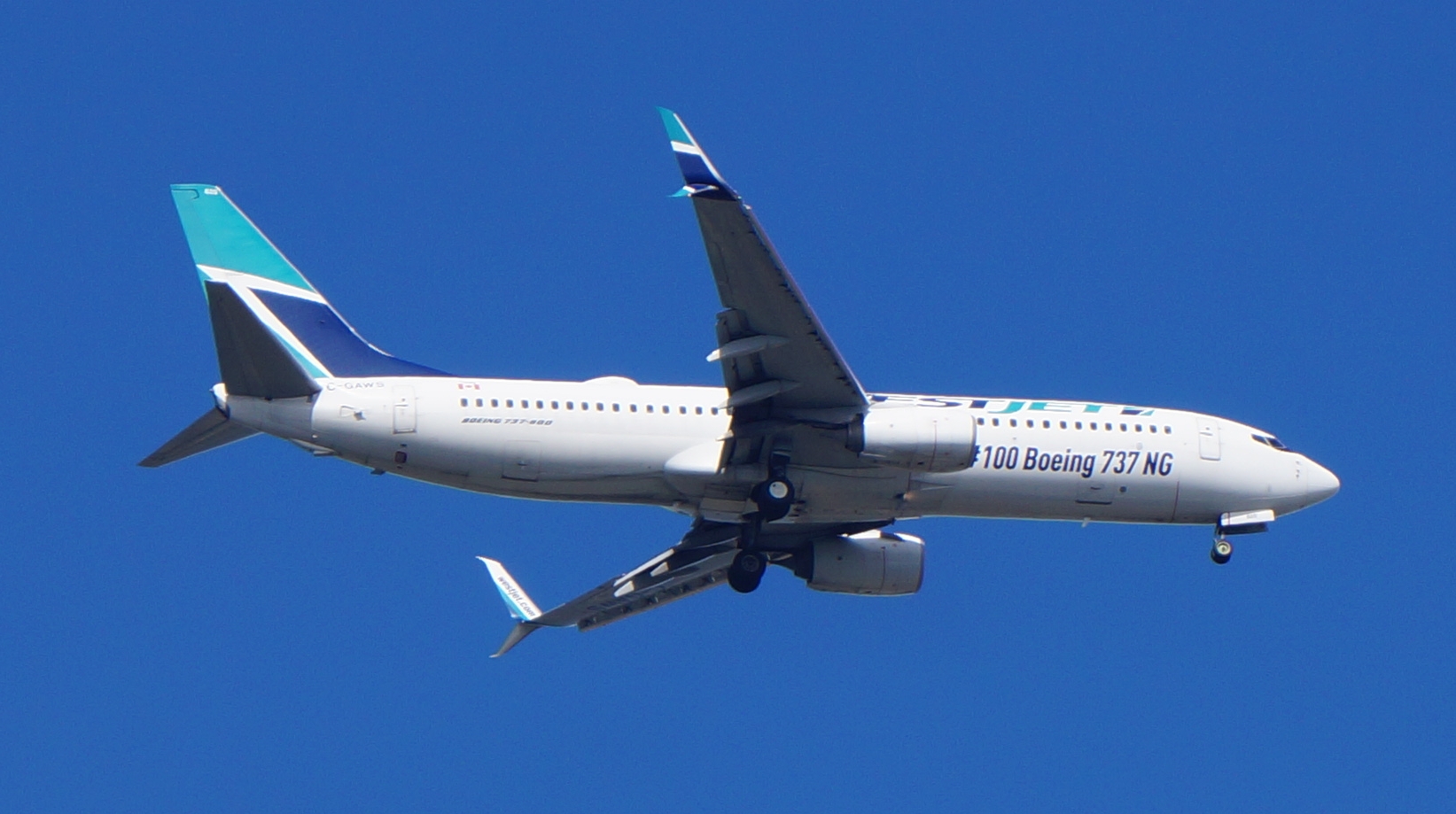B738 Aircraft - The Boeing 737 Next Generation, often abbreviated as 737NG, or 737 Next G, is a narrow-body aircraft powered by two jet engines and manufactured by Boeing Commercial Airplanes. It was introduced in 1993 as the third version of the Boeing 737, and has been in production since 1997.
It has a redesigned wing with larger area, wider wings, higher fuel capacity, higher take off weight (MTOW) and longer range. It has CFM International CFM56-7 series engines, a glass cockpit, and an improved and redesigned interior configuration. This series includes four models, the −600/-700/-800/-900, which accommodate 108 and 215 people. The main competition for the 737NG is the Airbus A320 family.
B738 Aircraft

, a total of 7,124 737NG aircraft were ordered, of which 7,099 were delivered, with the remaining orders for two -800s, and 23 -800A variants. The change ordered was the 737-800, with 4,991 commercial aircraft, 191 military, and 23 corporate, or 5,205 in total.
B737 800 Ryanair
The first 737NG, the 737-700, was introduced on December 8, 1996, and first flew on February 9, 1997, later delivered to Southwest Airlines.
Frequent Boeing customer United Airlines purchased a more advanced Airbus A320 with fly-by-wire controls, prompting Boeing to update the shorter and shorter version of the 737 Classic to perform more efficiently, the longest version of the New Generation.
The first NG introduced was the 737−700, on December 8, 1996. This aircraft, built as the 2nd, 843rd 737, first flew on February 9, 1997, with pilots Mike Hewett and K Higgins. The prototype 737−800 was launched on June 30, 1997, and first flew on July 31, 1997, piloted by Jim McRoberts and flown by Hewett. The smallest of the new versions, the −600 series, which is equivalent in size to the −500, was introduced in December 1997 and the first flight took place on January 22, 1998; it was certified by the FAA on August 18, 1998.
In 2004, Boeing offered the Short Range Performance package to meet the needs of Gol Transportes Aéreos, which regularly operates at restricted airports. Hancemts improve takeoff and landing performance. The optional package is available on 737NG models and the standard equipment 737-900ER.
Ryanair Flight Fr058
In July 2008, Boeing supplied Messier-Bugatti-Dowty with new carbon brakes for the Next-G 737s, which are intended to replace the steel brakes and will reduce brake weight by 550-700 pounds (250-320 kg) depending on whether the Standard or high capacity steel brakes are fitted. A 700 pound (320 kg) weight reduction on the 737-800 results in a 0.5% reduction in fuel burn.
Delta Air Lines received the first Next-G 737 model with this brake package, the 737-700, in July 2008.
The CFM56-7B Evolution nacelle was first tested in August 2009 for use on the 737 PIP (Performance Improvement Package) due for final service in mid-2011. This new development is said to reduce drag by at least 1% and the total weight. Overall, a 2% improvement in fuel consumption over long distances is claimed.

This short-range design package is optional on the 737-600, -700, and -800 and is standard on the new 737-900ER. These types of reduced runways can increase operating payload or fuel loads on runways below 5,000 feet (1,500 m). Arrival loads were increased to 8,000 lbs on the 737-800 and 737-900ER and to 4,000 lbs on the 737-600 and 737-700. The payload is increased to 2,000 lbs on the 737-800 and 737-900ER and up to 400 lbs on the 737-600 and 737-700. The package includes:
Gjswa2039 Gemini Jets Southwest Airlines Boeing B737 800
The first version was delivered to Gol Transportes Aéreos (GOL) on July 31, 2006. At that time, twelve customers had ordered a package with more than 250 airframes. Customers include: GOL, Alaska Airlines, Air Europa, Air India, Egyptair, GE Commercial Aviation Services (GECAS), Hapagfly, Japan Airlines, Pegasus Airlines, Ryanair, Sky Airlines and Turkish Airlines.
In 2005, three former Boeing employees filed a lawsuit on behalf of the US government, claiming that the 737NG jet contained defective components supplied by the airframe manufacturer Ducommun, and Boeing killed the allegations.
The federal judge presiding over the case agreed with Boeing, and an appeals court later ruled in favor of the company.
A 2010 Al Jazeera documentary alleges that in three crashes involving the 737NG - Turkish Airlines Flight 1951, American Airlines Flight 331, and AIRES Flight 8250 - the fuselage broke after impact with the ground due to structural damage that was meant. 2005 case.
Aeroflot Enhances Fleet With Boeing B737 800
However, accident investigations in all three cases showed no link between post-impact structural failure and manufacturing problems.
During an inspection of the 737NG in 2019 with 35,000 flights, fatigue cracks were found in the fuselage-to-wing connection known as the "pickle fork", which is designed to last a lifetime of 90,000 flights. Boeing reported the issue to the FAA in September 2019, and several planes showed similar cracks after testing.
Cracks were found in an aircraft carrier with more than 33,500 aircraft, when it was dismantled to make an airplane. Airlines with more than 30,000 flights (15 years for 2,000 flights per year) must be inspected within one week, and those with more than 22,600 flights (11 years) must be inspected within of one year.

Of the 500 aircraft tested for the first time, 5% (25) had cracks and were grounded; Boeing is expected to prepare the first aircraft three weeks after the order is issued, which serves as a template for the resulting Service Bulletin.
File:commercial Flight B738 Yyz To Fll Airplane C Gaws Boeing 737 8ct.jpg
Of the 810 aircraft tested over 30,000 cycles, 38 (4.7%) had structural cracks, leaving 1,911 737NGs over 22 cycles, 600 to be tested within their next 1,000 cycles, i. e., almost all US ships in service 1, 930.
In early November, 1,200 aircraft were inspected, with cracks in around 60 (5%). Cracks were found near the fast moving vehicles outside the starting point on four planes. On November 5, Boeing proposed expanding the checks to include them, which the FAA will approve on November 13.
. Aircraft with less than 30,000 cycles were to be re-inspected within 1,000 cycles, not to exceed 60 days. About a quarter of NG's global fleet of 6,300 aircraft was to be tested.
After the material failure of Southwest Airlines Flight 1380 on April 17, 2018, the NTSB recommended on November 19, 2019, that it redesign and reinstall its nacelle on 6,800 operational airplanes.
Boeing 737 Next Generation
Boeing 737 production would increase from 31.5 units per month in September 2010 to 35 in January 2012 and to 38 units per month in 2013.
The production rate was 42 units per month in 2014, and it was planned to reach 47 units per month in 2017 and 52 units per month in 2018.
In 2016, the monthly production rate was targeted to reach 57 units per month in 2019, which is estimated at the factory limit of 63 units later. One plane was produced at the Boeing Rton Factory in 10 days, less than half of what it was a few years ago. A bare fuselage from Spirit AeroSystems in Wichita, Kansas, goes into the plant on Day 1. Electrical wiring is installed on Day 2 and plumbing on Day 3. On Day 4 the fuselage is lifted by crane and rotated -90 degrees, the wings. together to fly in a process of six hours, and the landing gear, and the plane is also rotated 90 °. The final assembly process begins on Day 6 with the installation of aircraft seats, ships, toilets, overhead bins, etc. the jeans are tied on Day 8 and leave the factory for flight testing on Day 10.

Boeing stopped assembling the passenger 737NG in 2019. The last integrated aircraft was delivered to KLM in December 2019; the last two deliveries were to China Eastern Airlines on January 5, 2020. Production of the P-8 Poseidon version continues.
C Fxms: Westjet Boeing 737 800 (3rd Last B738 In Fleet)
The FAA has proposed fines of up to $3.9 million over allegations that Boeing installed the same defective 737 MAX parts in 133 other 737 NGs.
As early as 2006, Boeing discussed replacing the 737 with a "clean sheet" design (internally designated "Boeing Y1") that would follow the Boeing 787 Dreamliner.
In 2011, Boeing introduced the 737 MAX, an updated and redesigned version of the 737NG with the CFM International LEAP-1B high performance aircraft, and aerodynamic changes with different wing tips.
A plan view of the 737NG showing a wing that is 25% larger and 16 feet (4.9 m) wider compared to the 737 Classic
Aviation Photographs Of Code Number: B738
The wing was redesigned with a thinner airfoil, and the larger chord and enlarged wing (16 ft (4.9 m)) increased the wing area by 25%, which also increased fuel capacity by 30%. New CFM56-7B engines are used which are quieter and more powerful.
The 737NG is the successor to the -600, -700, -800, and -900 with improved performance and retained similarities from previous 737 models. Improvements in wing, engine and fuel efficiency combined increased the range of the 737 by 900 nmi (1,700 km) to more than 3,000 nmi (5,600 km),
The Speed Trim System, introduced on the 737 Classic, has been updated to

Aircraft type b738, what is a b738 aircraft, b738 seating chart, b738, b738 american airlines, b738 airplane, klm b738, southwest b738, b738 flight, b738 business class, b738 aircraft seating, b738 flight status